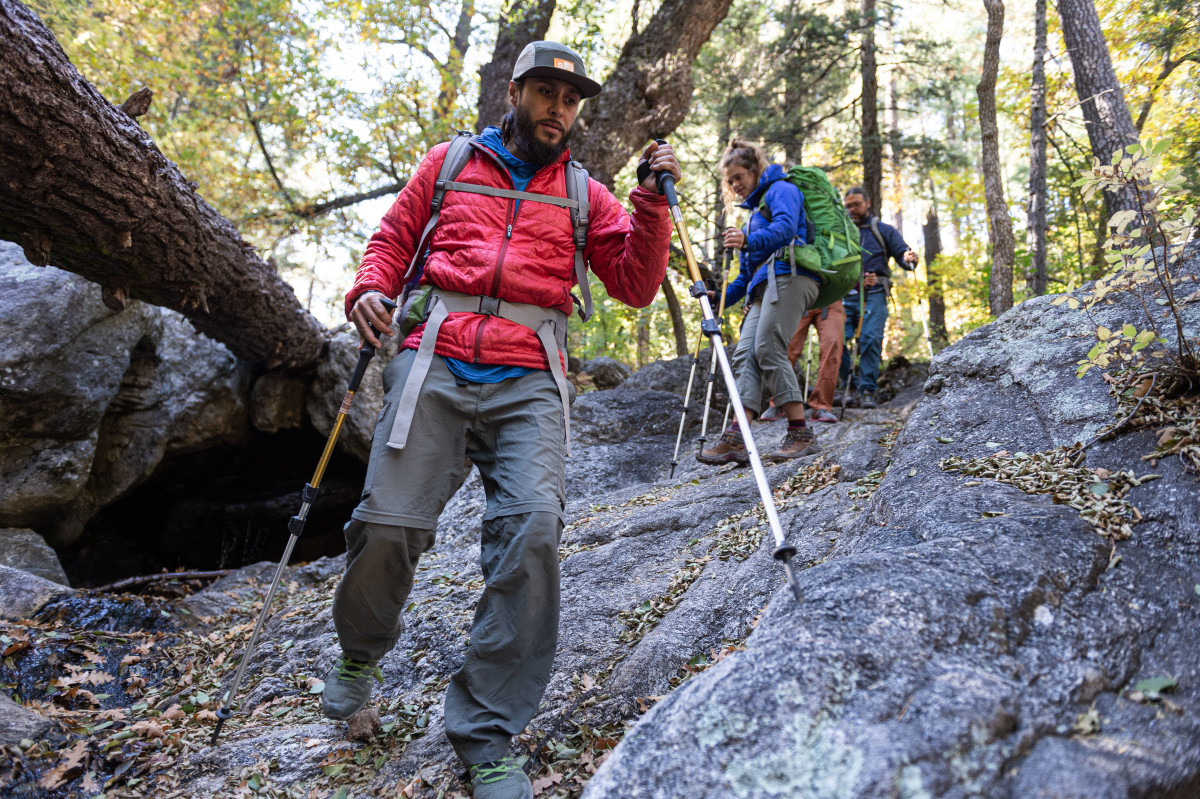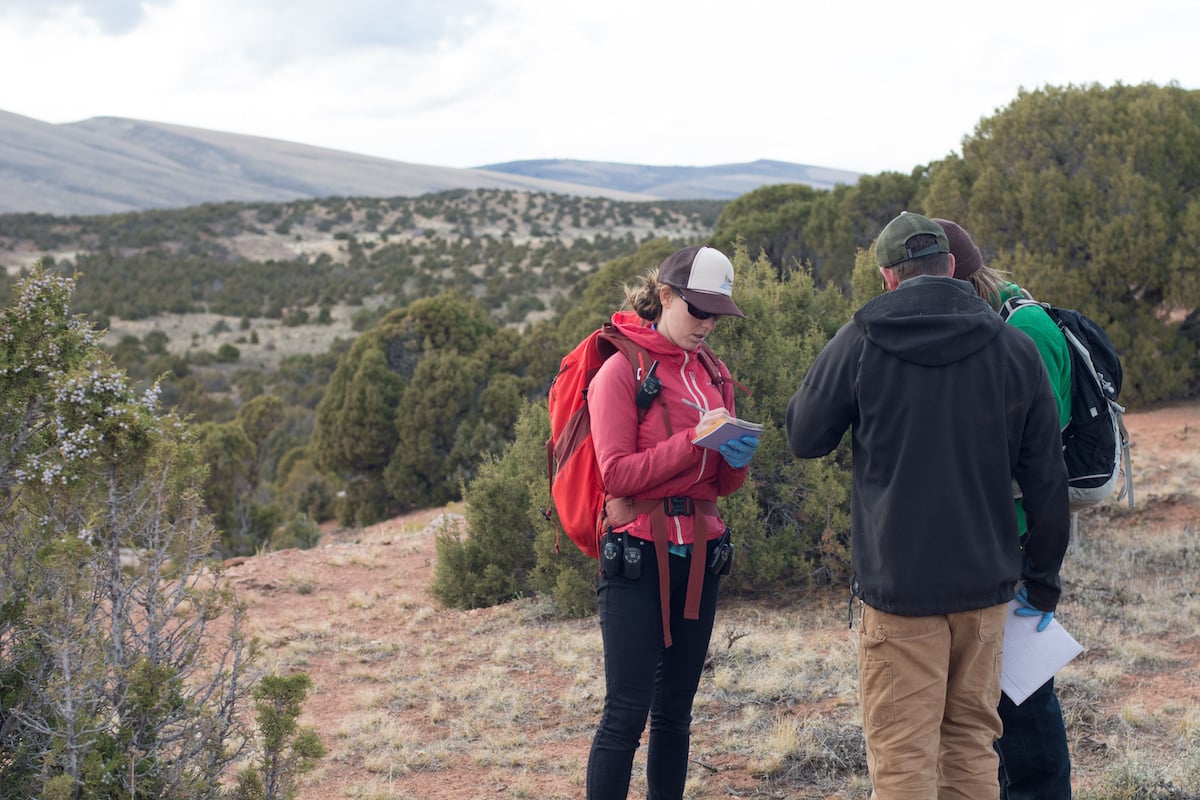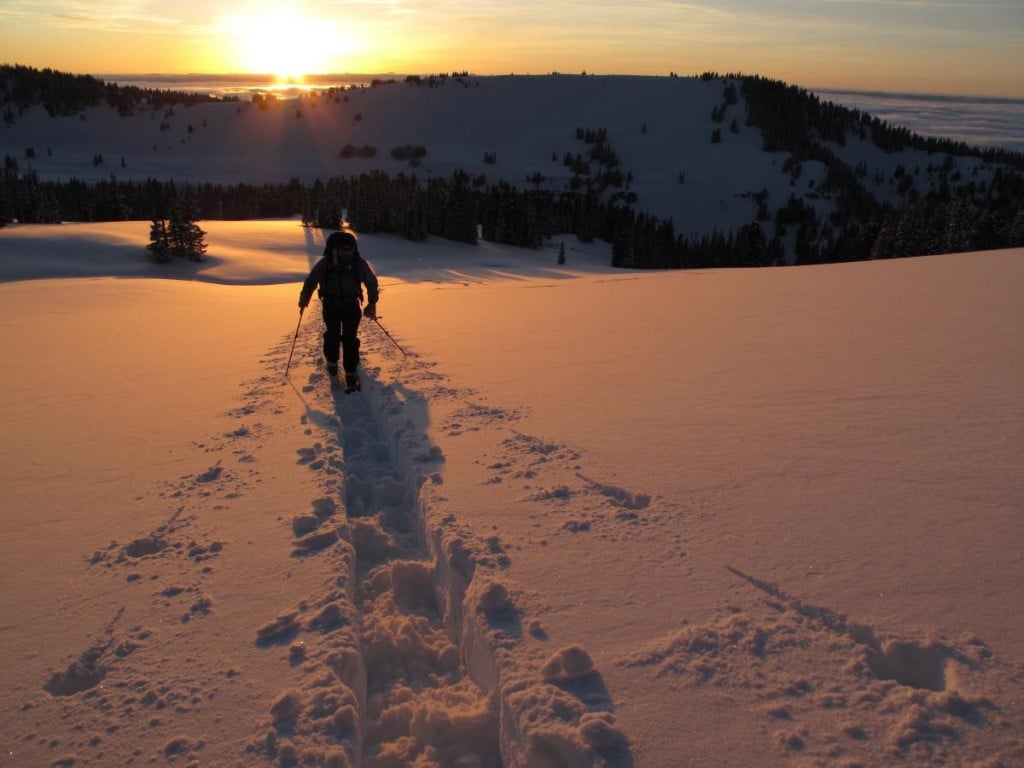
The Setting
You are leading a weeklong college backpacking trip. One of your participants develops a rash on their belly that begins to spread…
SOAP Report
Subjective
The patient is a 19 year-old-male who developed a skin rash.
Objective
Patient Exam
At 8:00 p.m. the patient has a red raised bumpy rash that does not have blisters. They state it began this morning on their belly and has spread through the day to cover most of their abdomen and the front of their thighs. The rash produces a constant itching. It covers about 10% of their body surface area (BSA).
There is no chest tightness, no shortness of breath, and no respiratory involvement.
Vital Signs
|
Time |
8:00 PM |
|
Level of Responsiveness (LOR) |
A+Ox4 |
|
Heart Rate (HR) |
72, strong, regular |
|
Respiratory Rate (RR) |
16, regular, unlabored |
|
Skin Color, Temperature, Moisture (SCTM) |
mucus membranes are pink, skin is warm, dry |
|
Blood Pressure (BP) |
radial pulses present |
|
Pupils |
PERRL (Pupils equal, round, responsive to light) |
|
Temperature (T°) |
98.6F (37C) |
History
|
Symptoms: |
|
|
|
Allergies: |
Seasonal hay fever |
|
|
Medications: |
Claritin for seasonal allergies. Not taking the medication at this time. | |
|
Pertinent Hx: |
The patient has never had a response like this. They had shortness of breath and throat swelling in response to a bee sting several years ago and were prescribed an EpiPen®. They have not had a response since and do not know the location of their EpiPen® . |
|
|
Last in/out: |
Patient is well hydrated, normal clear urine and bowel movements today. |
|
|
Events: |
Patient has been backpacking for the past 3 days. No new medications taken. They do not consider the backpacking ration a change in their food types. We can’t identify contact with plants as a cause. |
STOP READING!
What is your assessment and plan? Take a few minutes to figure out your own assessment and make a plan. Don’t cheat—no reading on without answering this first!

Assessment
- Allergic reaction with unknown cause.
- Possible non-allergic rash.
Plan
- Start the patient on Benadryl® 50 mg every 6 hours.
- Keep an instructor with the epinephrine provided by the program close to the patient.
- Monitor the rash.
- We would like to have the patient bathe and wash their clothes, but the scarcity of water makes it unlikely.
- Develop an evacuation plan.
Anticipated Problems
The reaction becomes anaphylaxis.
Comments
There are a wide variety of causes of rash ranging from allergies to infections and insect bites, among others. Wilderness First Responders are not trained to identify a rash or its cause, although in this case, and based on a worst case scenario, allergy is on the problem list, with anaphylaxis on the anticipated problem list.
Allergic reactions are caused by an excessive release of histamines and other substances from the body’s immune system in response to the presence of foreign allergens, such as pollens, animal dander, foods, plant oils, insects, and drugs.
Allergic reactions range from mild (e.g., hay fever) to severe (e.g., anaphylaxis) and they can be immediate or delayed. For most people, the allergic response is mild, though often irritating. Hay fever, runny nose, sneezing, swollen eyes, itching skin, are examples of a mild allergic response. An allergic reaction may also be local, red, swollen, and itching, the result of insect stings or contact with a plant.
Signs and Symptoms of a Mild to Moderate Allergic Reaction
- Local swelling near a sting
- Runny nose, sneezing, swollen eyes, hay fever
- Flushed and itchy skin
- Hives or welts on the skin
- Mild or no breathing difficulty
Antihistamines treat the underlying reaction, the release of too much histamine, and are commonly used for these reactions. At the same time, it's important to monitor the patient closely for a developing severe reaction. If you can figure out what may be causing the reaction—pollen released by trees or dust in an old cabin, for example—get away from the source.
An anaphylactic response is a massive, generalized reaction of the immune system that is life-threatening. Instead of the mild symptoms of hay fever, anaphylaxis can produce swelling of the throat, rapid pulse, a fall in blood pressure, rash, itching, hives, flushed skin, swollen and red eyes, tearing of the eyes, swelling of the feet and hands, nausea, vomiting, and abdominal pain. The airway obstruction and shock may be fatal. Onset usually occurs within a few minutes of contact with the triggering substance, although the reaction may be delayed.
Signs and Symptoms of Anaphylaxis
- Flushed and itchy skin
- Hives and welts on the skin
- Swollen face, lips, and tongue
- Respiratory distress
- Shock
Anaphylaxis is treated with the prompt administration of epinephrine.
The Tale Continues…
The Benadryl relieved some, but not all, of the itching. The patient was very uncomfortable and unable to sleep. In the morning the rash now covers about 30% of their body surface area; the lower back, abdomen and front of their thighs. There is no respiratory involvement. Patient is able to walk without shortness of breath. They have scratched a few places into abrasions.
Updated Plan
Evacuate the patient by walking. Carry the cell phone in case their condition worsens. Rendezvous with vehicle at trailhead and drive to the hospital for physician evaluation. Continue administering the Benedryl® 50 mg every 6 hours.
Comments
Concern for an anaphylactic reaction is present. These leaders noted the spreading rash. They also noted that there were no signs or symptoms of respiratory problems or shock. They made a sound plan, with options in case the patient’s condition worsened.Both the patient’s discomfort and the continuing reaction are good reasons to evacuate. These allergic responses commonly can take days to resolve and may need treatment with steroid medications.
End of the Tale
The patient was able to walk to the trailhead. They remained uncomfortable due to the itching rash and fatigued from lack of sleep. They arrived at the hospital and a steroid was administered by the physician. The rash persisted for another 24 hours, then abated. Its cause was never identified.
Keep your skills fresh: Recertify with NOLS Wilderness Medicine.
Written By
Tod Schimelpfenig
As a NOLS Instructor since 1973 and a WEMT, volunteer EMT on ambulance and search and rescue squads since the 70s, Tod Schimelpfenig has extensive experience with wilderness risk management. He has used this valuable experience to conduct safety reviews as well as serve as the NOLS Risk Management Director for eight years, the NOLS Rocky Mountain Director for six years, and three years on the board of directors of the Wilderness Medical Society, where he received the WMS Warren Bowman Award for lifetime contribution to the field of wilderness medicine. Tod is the founder of the Wilderness Risk Manager’s Committee, has spoken at numerous conferences on pre-hospital and wilderness medicine, including the Australian National Conference on Risk Management in Outdoor Recreation, and has taught wilderness medicine around the world. He has written numerous articles on educational program, risk management and wilderness medicine topics, and currently reviews articles for the Journal of Wilderness and Environmental Medicine. Additionally, he is the author of NOLS Wilderness Medicine and co-author of Risk Management for Outdoor Leaders, as well as multiple articles regarding wilderness medicine. Tod is the retired curriculum director for NOLS Wilderness Medicine and is an active wilderness medicine instructor



